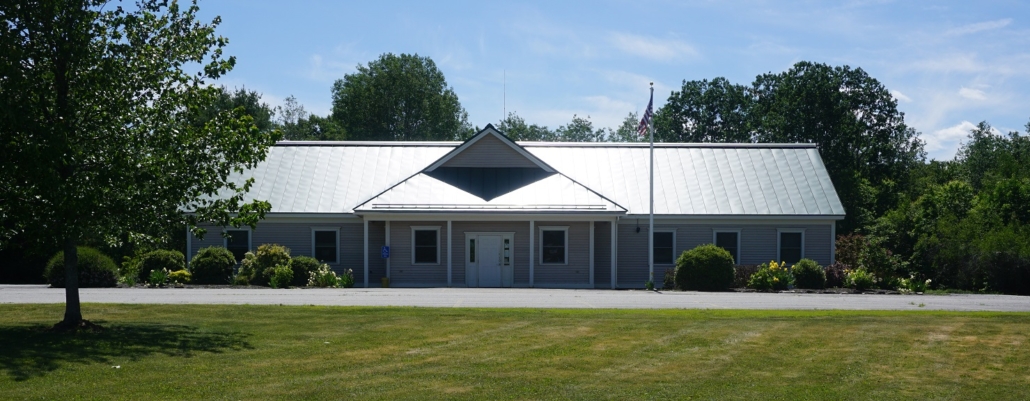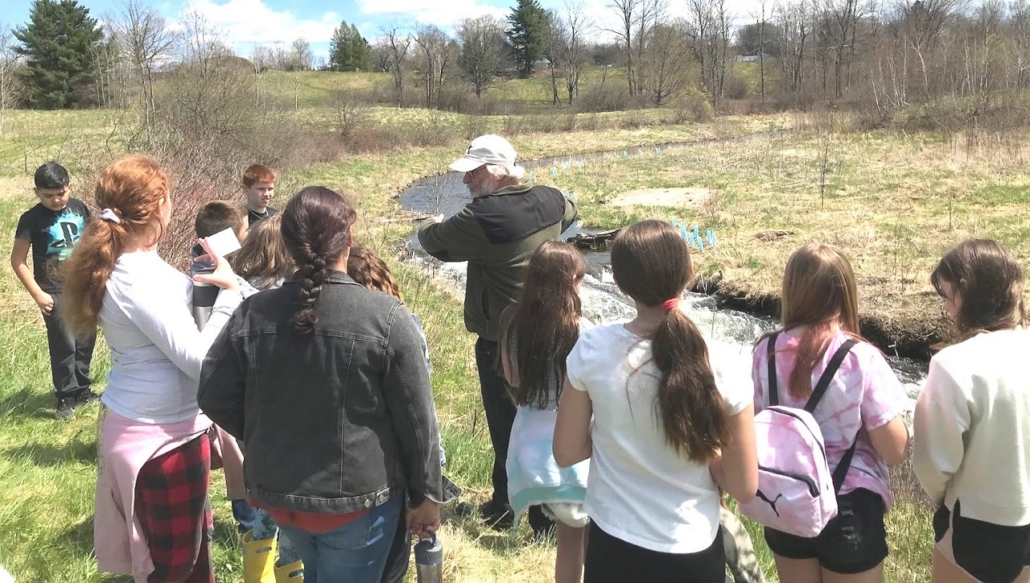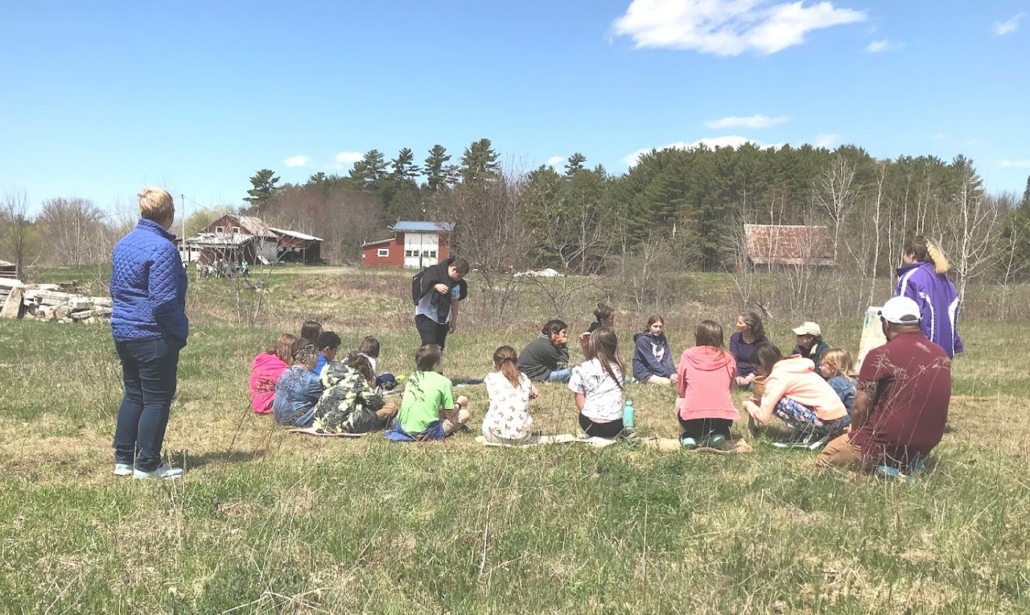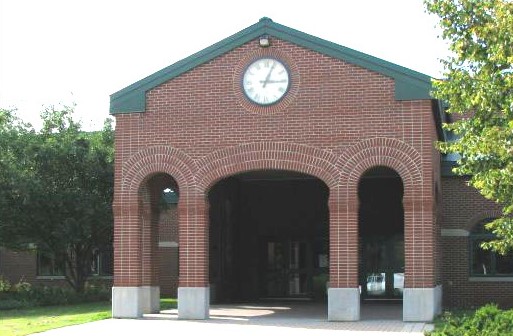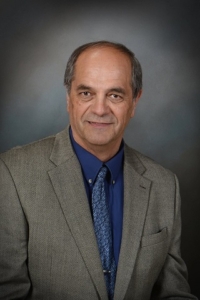Vassalboro select board approves paving bid with All States Construction; postpone buying new truck
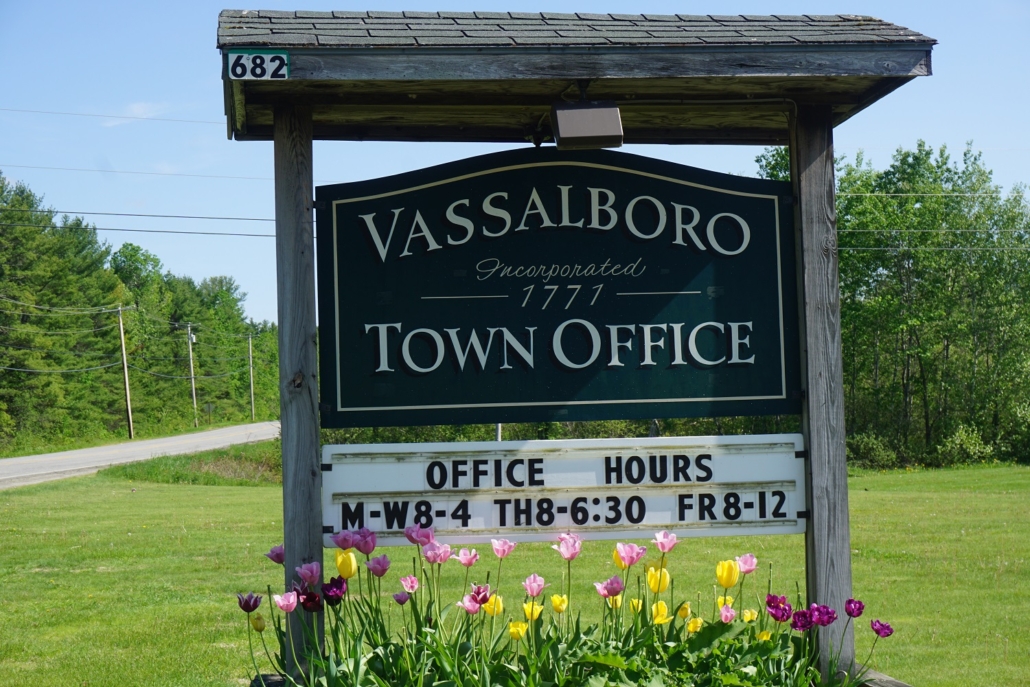 by Mary Grow
by Mary Grow
VASSALBORO, ME — Public works issues – 2022 paving plans and the need for a new truck – were the main topics at the May 12 Vassalboro select board meeting.
Road Foreman Gene Field said Vassalboro received seven bids for road repaving this summer, all higher than the proposed 2022-23 budget can completely cover. He recommended accepting the low bid, $86.90 per ton of asphalt mix, from All States Construction, of Richmond.
Field said Vassalboro and China bid out the work jointly, as the two adjoining towns have done in previous years. China also chose All States, with plans to use a process called chip seal on some roads instead of repaving with a new asphalt coat (see “The Town Line”, May 12, p. 2, and related [china road]article p ).
All States representative Doug Fowler explained to Vassalboro board members that chip seal involves first shimming the road to cover ruts and make a smooth surface. After the shim coat sets, a process that takes about 30 days, chip seal adds an emulsion with hard stone packed into it to create a final surface.
The chip seal coat is normally about 3/8 inch thick, but it can be doubled. A single coat costs about one-third the cost of an inch of asphalt, Fowler said; he expects it to last seven to nine years.
He and Field agreed if they use the shim plus chip seal process, Field can expect calls from puzzled residents asking why a road that was done a month ago is being repaved. Field has reservations about the quality and longevity of chip seal, though he said he had looked at the chip sealed South Road, in China, and it seems satisfactory after two years.
If Vassalboro were to choose chip seal, he recommended a double coat on Legion Park Road, which he called about the worst one on the 2022 list.
Another problem is scheduling. Field said his crew needs time to replace culverts on some roads. Fowler said his preference is to have roads shimmed by about July 15 and chip-sealed by Aug. 30 (or the chip seal coat postponed to the next spring). Town Manager Mary Sabins said payment is usually due within 30 days of completion, and Vassalboro’s first 2022-23 tax payments won’t be due until Sept. 26, 2022 (assuming voters approve the recommended dates at the Monday, June 6, annual town meeting).
Select board members unanimously approved awarding the paving bid to All States. They agreed that decisions on whether, and if so, where to use chip seal would be left to Field, expressing their confidence in his judgment.
Field told the board because of supply and price issues, the truck reserve fund is no longer adequate to cover the new town truck he recommends. Dealers aren’t seeking bids for new trucks, he said; they notify potential buyers when one might be available. If he were able to order a truck chassis in August, he might get it in October or November; then a body would need to be added.
Sabins added that with the stock market losses, Vassalboro’s reserve funds are declining. She said Vassalboro’s investment advisor had recommended cashing out the fire truck reserve, which was already about $800 too low to cover the pending lease payment, and putting the money in a certificate of deposit.
Field had planned to keep the 2009 truck that is being replaced as a back-up. One option to provide more money would be to trade it in or to sell it. Another option would be to ask voters on June 6 to increase the proposed 2022-23 public works budget.
By consensus, select board members decided to postpone a decision on buying a truck until after town meeting.
Field and Sabins reported that planned improvements at the transfer station were under way, but not finished.
In response to a resident’s request, Field said he did a speed survey on Hussey Hill Road with a radar sign and sent results to Maine Department of Transportation (MDOT) Commissioner David Allen. Select board members voted unanimously to ask MDOT to do a speed assessment on the road.
Hussey Hill Road is currently unposted, making the speed limit 45 miles an hour. MDOT officials have power to post a limit they consider appropriate.
The May 14 meeting opened with a public hearing on Codes Officer Ryan Page’s recommended increases in permit fees. Page briefly explained the reasons for the recommendations; there were no public comments, and select board members unanimously approved the new schedule, making the increases effective July 1.
Two other matters briefly discussed and postponed until after town meeting were whether to adopt a salary schedule for town employees, as discussed at earlier board meetings (see the report on the March 3 Vassalboro Budget Committee meeting in the March 10 issue of The Town Line, p. 3); and a request to start building a parking lot at the planned streamside park on Route 32 north of East Vassalboro.
The next regular Vassalboro select board meeting is scheduled for Thursday evening, June 9, three days after the annual town meeting. It will be Board Chairman Robert Browne’s last meeting; he is not seeking re-election on June 14. Rick Denico, Jr., is the only candidate on the ballot for a select board seat.



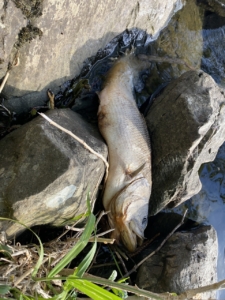
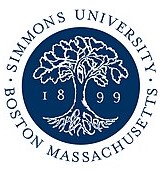 The following local students were named to the 2021 fall semester dean’s list at Simmons University, in Boston, Massachusetts. To qualify for dean’s list status, undergraduate students must obtain a grade point average of 3.5 or higher, based on 12 or more credit hours of work in classes using the letter grade system.
The following local students were named to the 2021 fall semester dean’s list at Simmons University, in Boston, Massachusetts. To qualify for dean’s list status, undergraduate students must obtain a grade point average of 3.5 or higher, based on 12 or more credit hours of work in classes using the letter grade system.